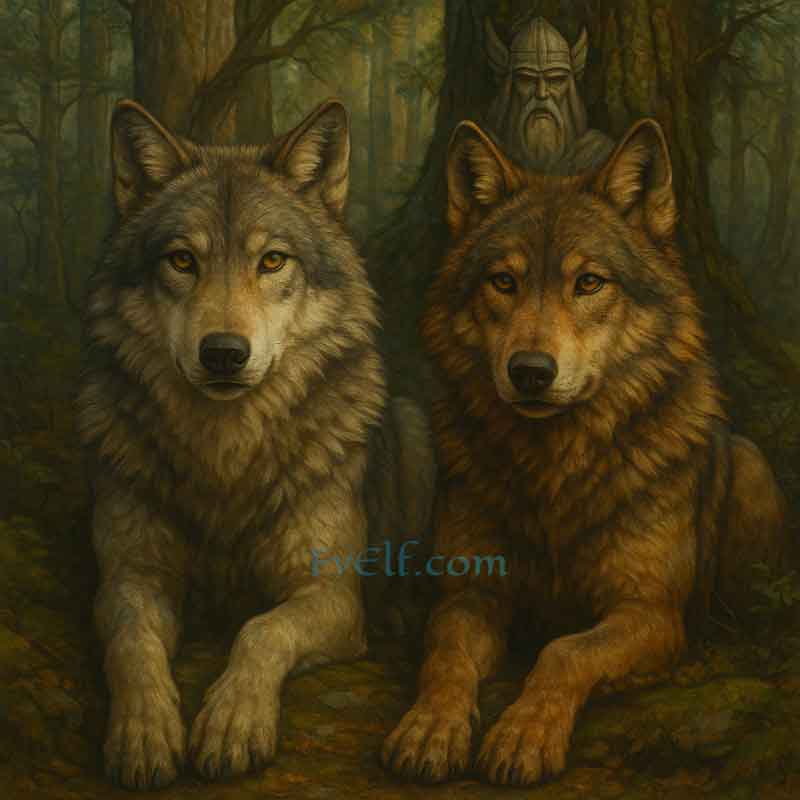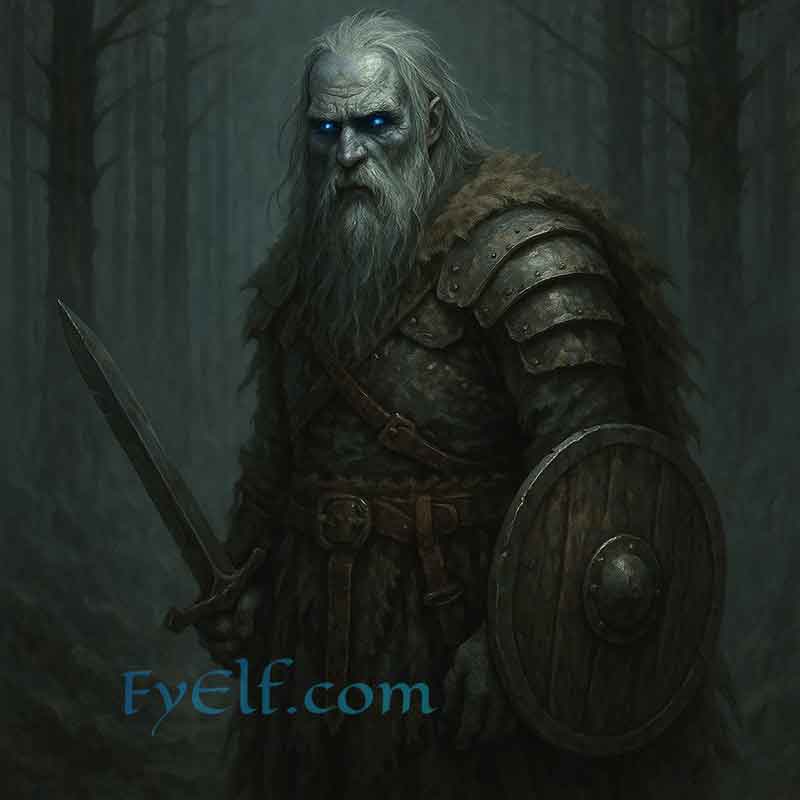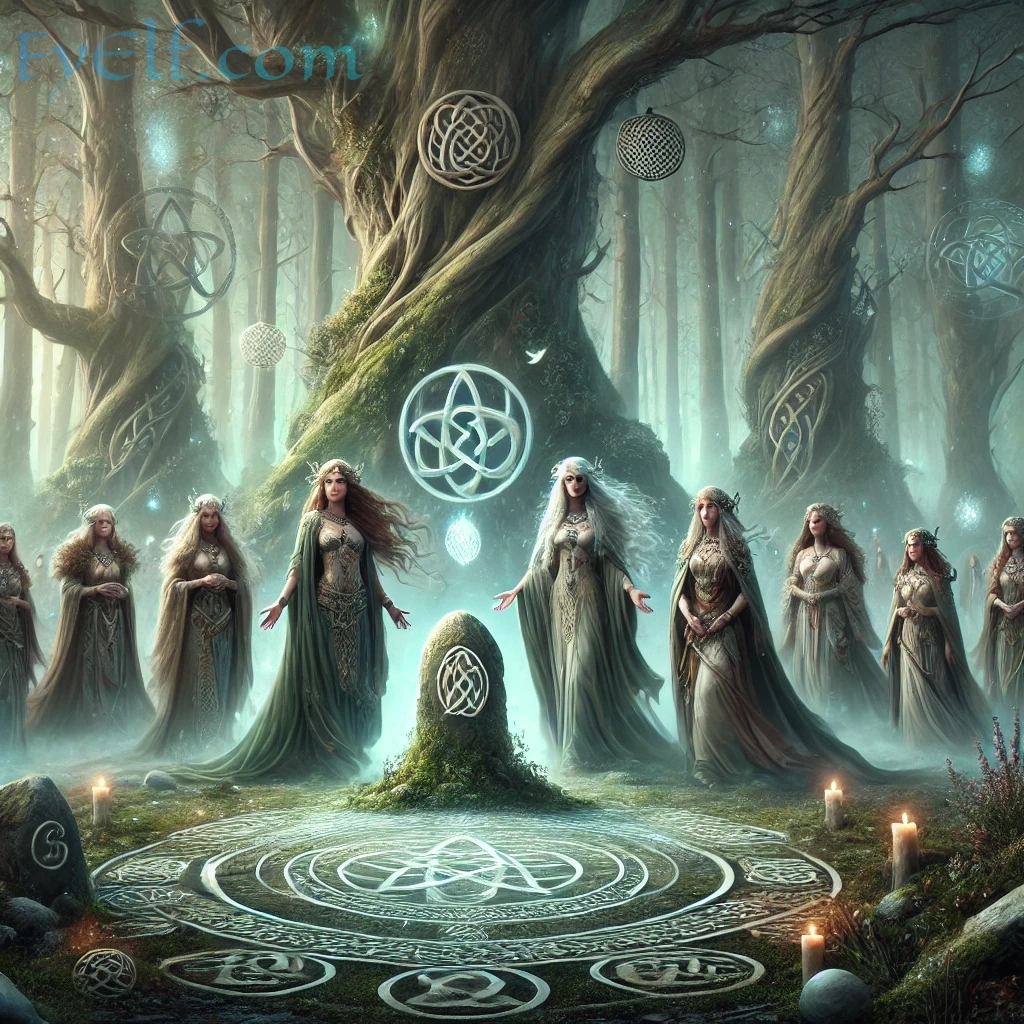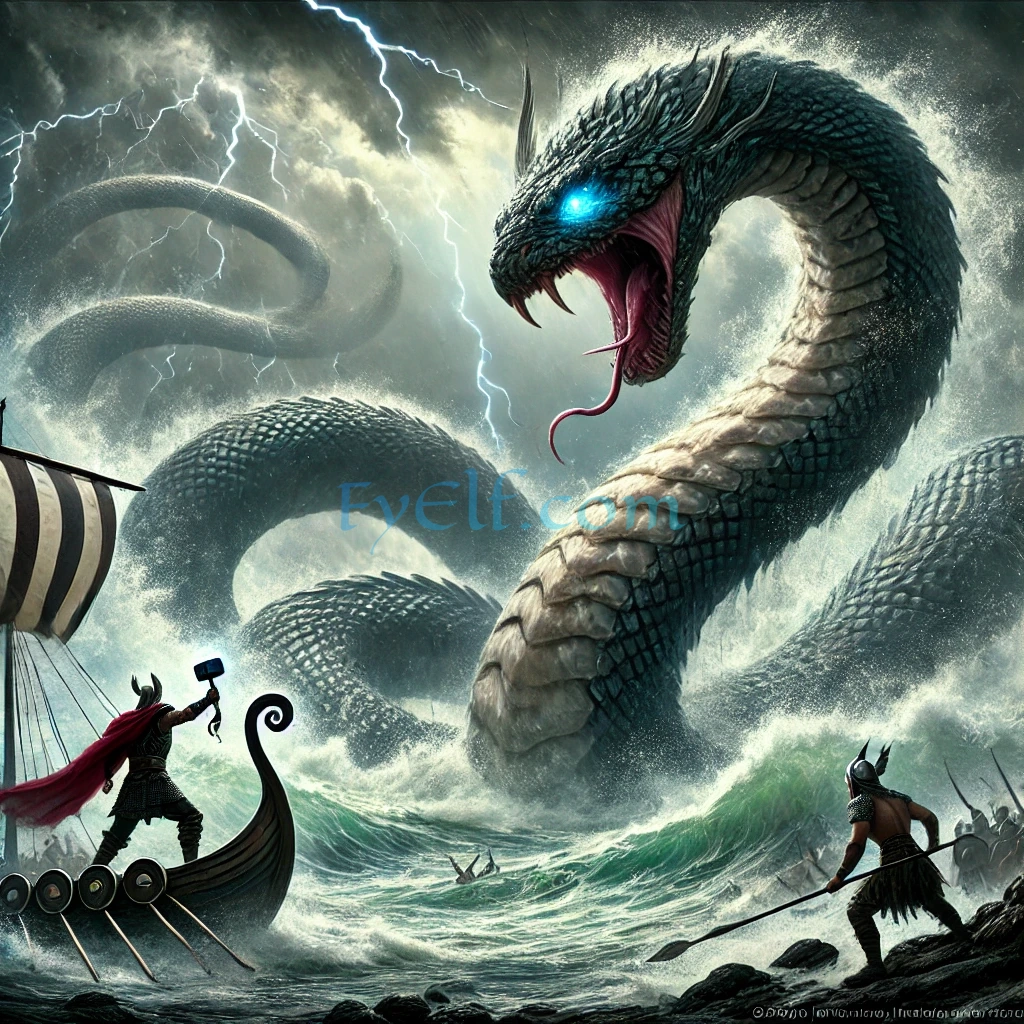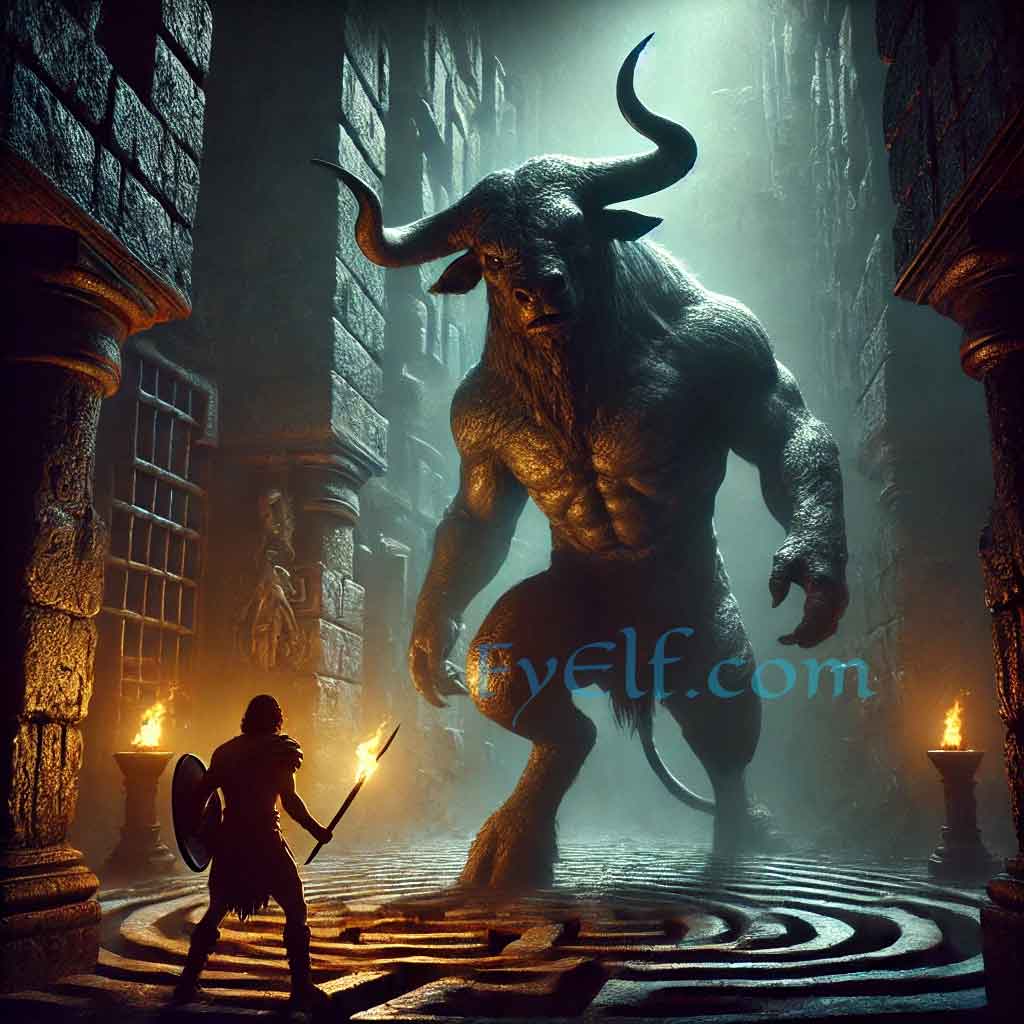In the heart of Norse mythology, few images are as enduring as that of Odin, the All-Father, seated upon his high throne with his companions by his side. Flanking him are two powerful wolves, Geri and Freki, whose presence reflects not only the primal forces of nature but also the symbolic depth of Viking culture. These wolves are more than just pets or guardians—they embody hunger, instinct, loyalty, and the fierce survival spirit of the Viking age.
The Names of Odin’s Wolves
The names of the wolves themselves reveal their nature. Geri is commonly translated as “the ravenous one,” while Freki means “the greedy one.” In the Old Norse worldview, these traits were not seen as negative flaws but as necessary aspects of life. Hunger, after all, drives action and survival. The wolves’ names remind us of the duality of existence: creation and destruction, restraint and excess, wisdom and instinct.
Geri and Freki in the Myths
Although Geri and Freki are not the central figures in most sagas, they appear in key mythological sources. The Prose Edda and Poetic Edda describe them as ever-present companions of Odin. While Odin himself consumes no food—sustaining only on mead—he is said to give all of his meals to Geri and Freki. This act demonstrates a profound relationship between god and beast, where Odin honors the wolves as extensions of his own power and instincts.
In some interpretations, the wolves are guardians, protecting Odin’s throne and symbolizing his connection to the animal world. Their presence beside him reinforces the idea that wisdom (Odin’s domain) is never separate from raw instinct and natural law.
Symbolism of Wolves in Norse Mythology
Wolves hold a prominent role throughout Norse mythology. They embody danger and chaos—Fenrir, destined to devour Odin at Ragnarök—but they also represent loyalty, protection, and the feral drive that ensures survival. Geri and Freki reflect the balanced aspect of wolves: not destroyers, but companions, highlighting the partnership between divine wisdom and primal force.
Unlike Fenrir, Geri and Freki are not destructive omens but rather symbols of order and trust within Odin’s inner circle. This distinction suggests that wolves were seen not only as threats but also as allies—creatures to be respected and revered.
Wolves, Warriors, and the Viking Spirit
To the Viking warrior, wolves were more than myth—they were living metaphors for courage, hunger, and the harsh realities of life in the North. Just as Geri and Freki were Odin’s companions, Viking warriors often identified themselves with wolves through ritual and symbolism. The ulfhéðnar (wolf-warriors) fought in trance-like states of ferocity, channeling the spirit of the beast in battle.
The presence of Geri and Freki in myth may have strengthened this cultural connection, reinforcing the idea that wolves were not only feared predators but also revered guides and companions in both war and wisdom.
Geri and Freki in Viking Art and Legacy
Artifacts, carvings, and runestones often feature wolf motifs, reflecting their importance in Viking imagination. The wolves of Odin stand as reminders that mythology was not abstract but deeply woven into everyday life.
Today, the symbolism of Geri and Freki continues to resonate. In jewelry, tattoos, and artwork, they embody both the ferocity of the warrior spirit and the wisdom of Odin’s companionship. Their dual nature—ravenous yet loyal—makes them powerful symbols of balance between intellect and instinct.
For those who wish to carry the legacy of these wolves into the modern world, representations of Geri and Freki are often crafted into Viking-inspired jewelry. One such example can be found in the Geri and Freki Viking Jewelry Collection, where the designs pay tribute to Odin’s legendary companions, blending ancient symbolism with wearable art.
Geri and Freki, the wolves of Odin, remain some of the most fascinating symbols of Norse mythology. Though less well-known than figures like Fenrir or Thor, they embody values central to Viking culture: loyalty, ferocity, survival, and the coexistence of wisdom with primal instinct.
As Odin shared his food with them, so too do their legends continue to nourish our understanding of a culture that revered both intellect and wildness. Whether studied in ancient texts or carried forward through modern symbolism, Geri and Freki remind us of the eternal bond between humans, gods, and the wolves that walk beside them.
